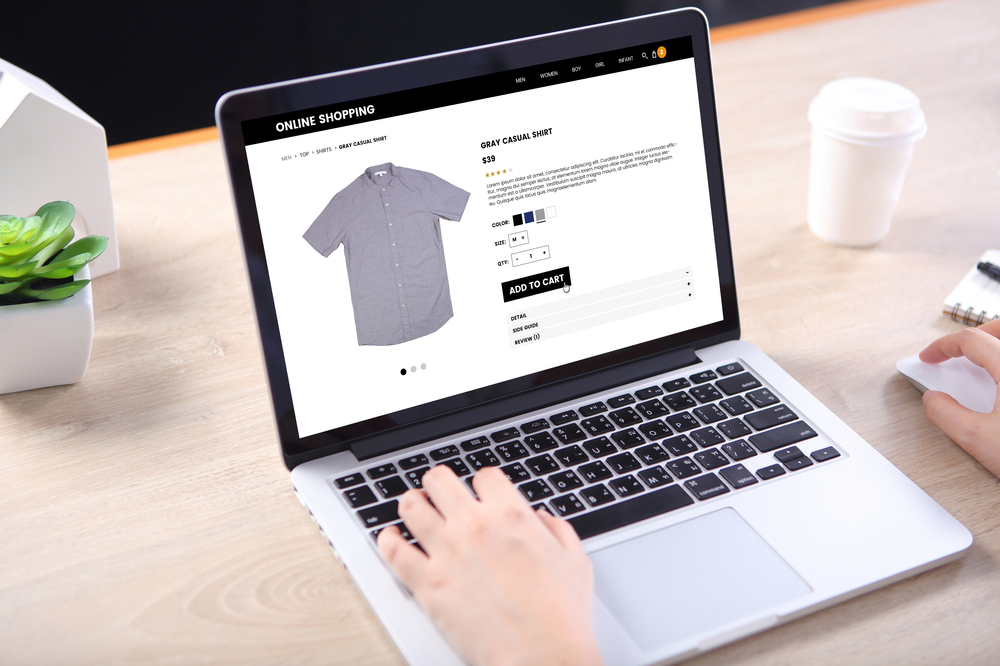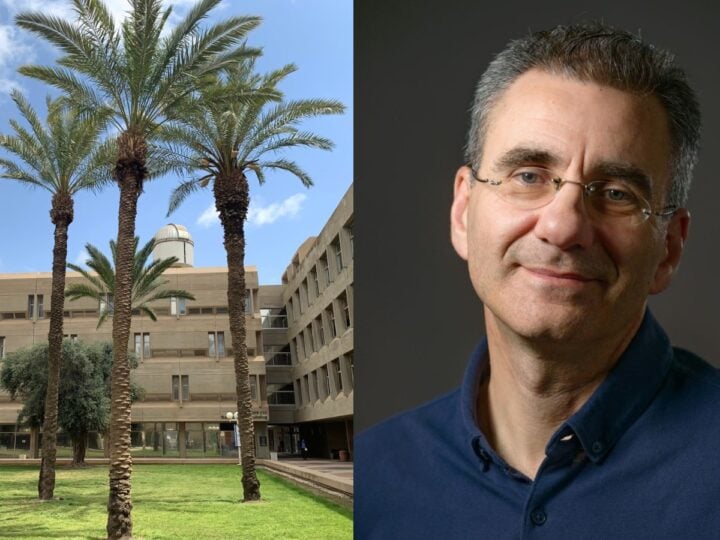As we head into Black Friday and the holiday season, more consumers than ever before will be shopping from their phones.
In 2018, 47% of traffic to online stores and 36% of sales came through interactions on a smartphone, according to Adobe Analytics. Last Black Friday (the day after Thanksgiving in the United States), sales via phones topped $2 billion for the first time.
But the way that information is presented on our phones harms our ability to shop smart, says Ben-Gurion University of the Negev Prof. Lior Fink, head of the Mobile Behavior Lab in the department of industrial engineering and management.
Surprisingly, it’s not the smaller screen size that’s affecting the decisions we make.
“It is actually the fact that sites adjusted for mobile viewing reduce the information offered on the results page and require more digging around in the site for information,” says Fink, author of the first study to differentiate between screen size and information reduction. “Sites adjusted for PC viewing give more information right up front.”
Fink and master’s degree student Daniele Papismedov asked participants to choose a fictitious hotel room from among 11 room options. Participants viewed the information either on a PC or on a mobile device.
On the PC, participants looked at eight informational features about each room option. On the phone, they looked at just three.
“Most e-commerce providers use ‘responsive web design’ to adapt the presentation of information to the device used,” Fink explains.
While this mobile-friendly presentation makes it easier to see information on the page, “it reduces the amount of information and causes consumers to make decisions that are less consistent with their preferences.”
When the same information is presented on the mobile and PC version, even though extra scrolling is required on the phone,the researchers found that equally accurate decisions are made.
Their findings will be presented at next month’s International Conference on Information Systems in Munich. The research was supported by a grant from the Israel Science Foundation.

















